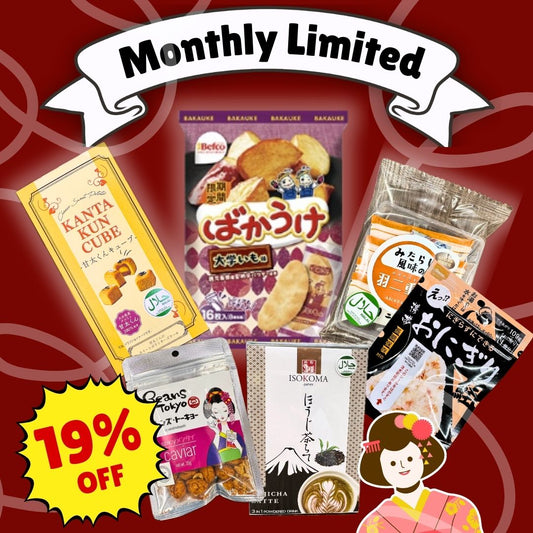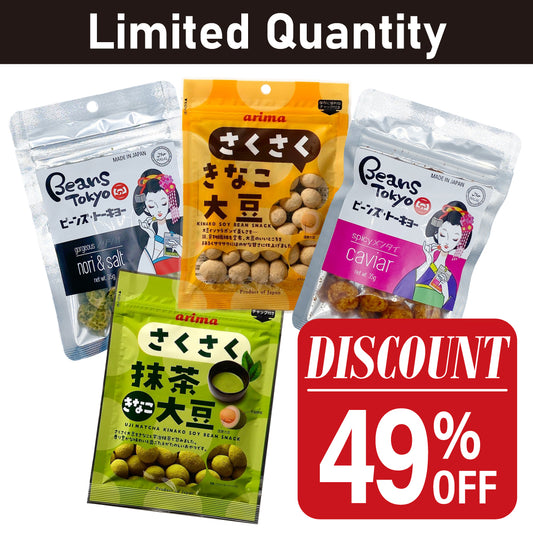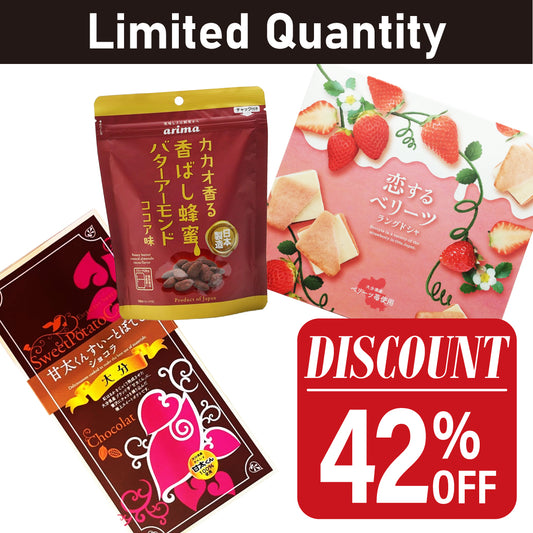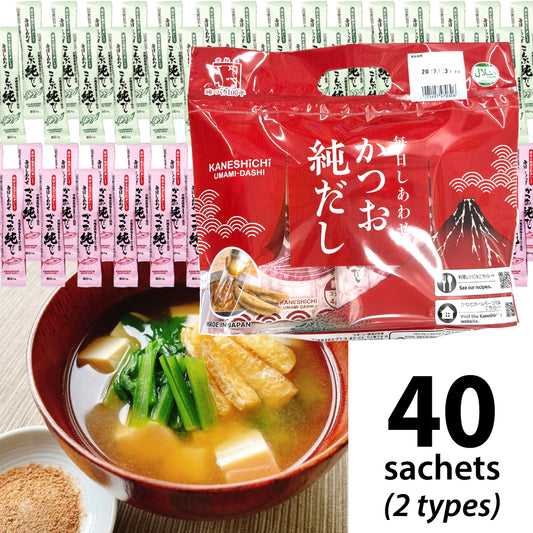Ah, spring in Japan! It's not just about cherry blossoms painting the town pink; it's also the season for something equally delightful— STRAWBERRY.

Strawberry season in Japan is from November to early May, which falls in winter until spring. You might be scratching your head, thinking, "Strawberries in winter? How?" Well, Japanese strawberries are cultivated in cozy greenhouses, allowing them to thrive even during the chilly months.
That's right—strawberry picking in the winter is totally a thing here!

So, what makes Japanese strawberries so special? It’s the variety! There are over 312 varieties of strawberries in Japan, each with its own unique flavor profile. The 3 most commonly found and most popular ones are Benni-hoppe (紅ほっぺ), Tochiotome (とちおとめ), and Amaou (あまおう).
Benni-hoppe (紅ほっぺ)

Benni-hoppe strawberries are primarily cultivated in Shizuoka Prefecture, known for their vibrant red color. The name literally means “red-cheeks” (Benni (紅) = red + Hoppe (ほっぺ) = cheeks), symbolizing the fruit's red-rosy appearance.
It has a high sugar content and acidity, offering a delightful blend of sweetness and tanginess. The harvest season for Benni-hoppe spans from December to May, with its peak sweetness typically occurring between March and April.
Tochiotome (とちおとめ)

Originating from Tochigi Prefecture, Tochiotome strawberries have the highest production yield in Japan. This variety has a distinctly feminine appearance, hence the name Tochiotome (roughly translates to “Tochigi’s maiden”: Tochigi (栃木) + Otome (乙女) = maiden).
Tochiotome has a well-balanced flavor profile (juicy with high sugar content and the right amount of acidity). The harvest season for Tochiotome is from November to May with its peak season in February till April.
Amaou (あまおう)

Perhaps one of the most famous Japanese strawberry varieties— Amaou strawberries are renowned for their large size and sweetness. Cultivated exclusively in Fukuoka Prefecture, this variety is often called the "King of Strawberries".
Its name is derived from "Akai (赤い), MArui (丸い), Ookii (大きい), Umai (うまい)" (red, round, large, tasty). With a harvest season from November to late May, the best time to enjoy the King of Strawberries is between March and early April.
Alright, enough chit-chat. Here are some strawberry treats you can enjoy while wandering the streets of Japan!
Ichigo Daifuku

Ichigo Daifuku*, a plump-juicy strawberry snugly wrapped in red bean paste and mochi, this wagashi (traditional Japanese sweet) is a must-try during strawberry season.
And guess what?! Most wagashi, including this daifuku, are made with plant-based ingredients, making them usually suitable for both Muslims and vegans.
*Daifuku = mochi with fillings
Strawberry Latte

When in Japan, you'll come across plenty of strawberry drinks like strawberry milk, strawberry latte, and strawberry tea.
But here's the thing: many bottled and canned strawberry drinks might contain ingredients that are not suitable for everyone. So, keep that in mind when browsing through the drink section.
Or…you can try this Halal-certified* Strawberry Latte instead! It's made with premium Shizuoka strawberries and has won the Superior Taste Award by ITQI in 2014, 2015, and 2017.
*certified halal by NAHA, a trusted Japanese certifying body with mutual recognition by JAKIM (Malaysia), MUIS (Singapore), CICOT (Thai).
Ichigo Ame

Ichigo Ame, or candied strawberry, is a staple treat for Japanese festivals. It's a simple snack of a juicy strawberry coated in hard candied sugar. The result?
A delightful contrast of tangy juiciness from the strawberry and a crispy sweet outer layer from the candied sugar.
So, the next time you’re at a Japanese festival, do give this snack a try, you will not regret it.
Strawberry Snacks
Don’t forget to try Japan’s strawberry snacks, like strawberry rice crackers and strawberry wafers (trust me they’re so delicious, you’ll love them berry much).
However, it's important to note that these snacks are often limited edition. Plus, not all strawberry snacks in Japan are suitable for those with dietary restrictions, such as vegans and Muslims.
If you're craving some strawberry snacks, be sure to check the label before purchasing. Or for a hassle-free option, you can opt for a pre-curated pack of Muslim-friendly strawberry snacks!
So, what are you waiting for? Japan boasts some of the finest strawberries you won't want to miss. While they're still in season, treat yourself to some of Japan’s sweet and tangy strawberries.







